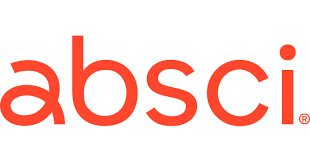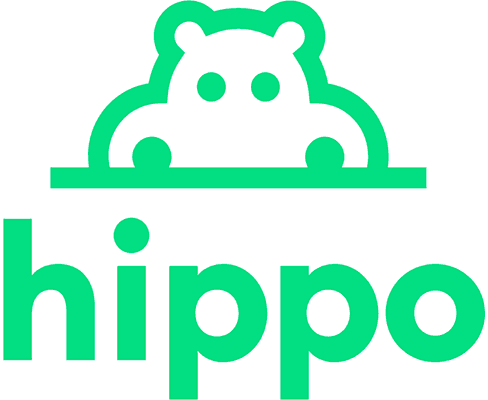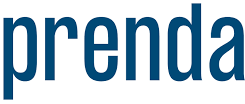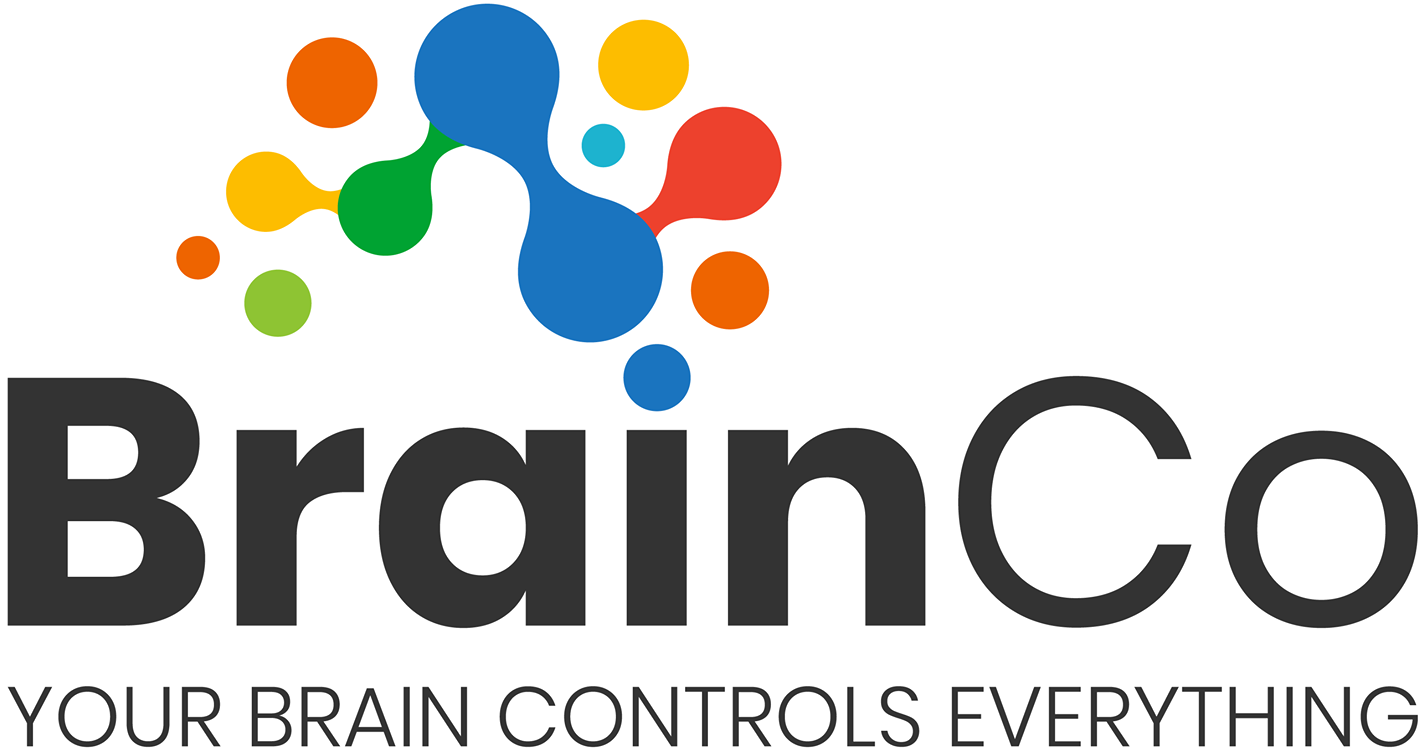





























Improved user engagement by 40% through redesign of main product dashboard
Reduced user onboarding time by 60% by implementing intuitive step-by-step guidance
Developed and maintained a comprehensive design system to ensure consistency across all products
Led the UX redesign of a popular fitness tracking app. Implemented new features for personalized goal setting and progress visualization. The redesign resulted in a 25% increase in daily active users and a 4.8-star rating on app stores.
Increased conversion rates by 35% through A/B testing and iterative design improvements
Reduced customer support tickets by 50% by enhancing UI clarity and implementing contextual help
Championed accessibility best practices, ensuring WCAG 2.1 AA compliance across all digital products
Designed and developed an AI-powered chatbot interface for a major e-commerce platform. Integrated natural language processing to improve query understanding and response accuracy. The chatbot reduced customer service workload by 30% and improved customer satisfaction scores.
Increased mobile app retention rate by 25% through implementation of personalized user experiences
Improved page load times by 40% through optimization of front-end code and assets
Conducted regular user testing sessions and incorporated feedback into product development cycles
Spearheaded the development of an inclusive design system for a government agency website. Created responsive components that work across various devices and assist technologies. The project improved overall accessibility scores and received commendation for its user-centric approach.
Reduced shopping cart abandonment rate by 30% through streamlined checkout process design
Increased user productivity by 45% with the introduction of customizable workspace layouts
Collaborated closely with product managers and developers to ensure seamless integration of UX designs
Designed and implemented a voice-controlled interface for a smart home automation system. Conducted extensive user research to understand voice interaction preferences and pain points. The resulting interface significantly improved ease of use for elderly and differently-abled users.
Boosted user signup rate by 50% through implementation of social proof and gamification elements
Decreased average time-to-task completion by 35% via intuitive navigation redesign
Pioneered the adoption of design thinking methodologies within the organization’s product development process
Led the UX/UI overhaul of a complex data visualization tool for financial analysts. Simplified the interface while maintaining advanced functionality, incorporating interactive charts and customizable dashboards. The redesign resulted in a 40% increase in user engagement and positive feedback from power users.
With our extensive candidate network and dynamic team search approach, Redfish recruiters can greatly reduce your time to hire compared to in-house hiring processes.
Redfish recruiters handle every step of the process, including finding talent, screening candidates, scheduling interviews, conducting reference checks, and negotiating the offer, freeing up your in-house HR staff to focus on their other responsibilities.
We form the same in-depth relationships with clients that we establish with candidates, taking the time to fully understand your company and needs and giving each client a single point of contact for all communications.
We understand the roles we recruit for inside and out, whether that’s the technical jargon familiar to engineers and programmers or the skills that make an exceptional sales or marketing hire. When we send along a candidate, you can trust they have what it takes to excel.
With 20+ years in the recruiting industry, Redfish Technology has built an extensive network of connections and candidates, and our reputation precedes us. We’re a recruiting firm top talent wants to work with, giving you access to better talent than you’ll find from other services.



A UX Developer combines design skills with front-end development capabilities. They not only create user-centered designs but also implement them using HTML, CSS, and JavaScript.
Look for proficiency in HTML, CSS, and JavaScript, as well as experience with design tools like Sketch or Figma. Knowledge of responsive design, accessibility standards, and front-end frameworks is also valuable.
A portfolio is crucial as it showcases the candidate’s design skills, coding abilities, and problem-solving approach. Look for diverse projects that demonstrate both aesthetic design and functional implementation.
Key soft skills include empathy, communication, collaboration, and adaptability. They should be able to work effectively with both designers and developers, and explain their decisions to non-technical stakeholders.
Ask about their design process, how they conduct user research, and examples of how they’ve incorporated user feedback into their designs. Look for candidates who prioritize user needs in their decision-making.
They should have a strong understanding of responsive design principles and experience creating interfaces that work well across various devices and screen sizes. Ask for examples of responsive projects they’ve worked on.
Consider giving a practical test that involves both designing and coding a simple interface. You can also review their portfolio for code samples and ask technical questions about their past projects.
Accessibility is crucial in UX development. Look for candidates who are familiar with WCAG guidelines and have experience creating inclusive designs that work for users with various abilities.
It’s very important. Look for candidates who demonstrate a commitment to continuous learning, whether through attending conferences, taking online courses, or contributing to open-source projects.